I failed twice before
I've been trail running for 2 years. Before that, I hated running, especially at the gym when circuit training included running or the firefighter's beep test.
I built up to running 5km twice a week, but up to now had failed in my efforts to run 5km. In my last effort, I failed at 8.8km. Not from lack or lungs but from the pain in the ball of my right foot, and right hip. I hatched a new plan, and last Sunday in the early morning, I set out with new hope and determination - and patience - and recorded my first 10km. It was 10.4km to be exact - at an average pace of 5:21/km. I'm pleased that I could do it. And not sure I will do it again. Plus, how to improve your cognitive fitness
[Copy of my weekly Newsletter] Here are my hand-picked 4 Most Valuable pieces of content that I found this week, to help you live longer better.
These four topics stood out to me (click the links below):
Spoiler: I didn't hang around to see
People were screaming. Dazed, I wondered why some were running towards me; no, wait - they aren't looking at me?
Oh! It's the guy next to me down and out. My tinnitus is screaming so hard it is hurting my head. What the heck just happened? Strengthen Hip Flexors, Spring To Your Feet, Balance Better With This One At-Home Exercise14/2/2020 Some find it relaxing as well
As you age, stretching becomes more important, even if you're less active. Unfortunately, I see fewer older people stretching - even those that go to the gym. This one exercise will help regain your flexibility and strength.
Flexibility declines as the years go by because our muscles get stiffer. And if you don't stretch them, the muscles will shorten. Inflexibility puts a crimp in daily acts, making it harder to walk, raise your arms overhead, or turn your head while backing up the car. It undermines your balance, too, which can cause life-altering falls. It's for much more than just muscle
In the swirl of debate about high and low protein diets and the necessary amount of protein, the wide-ranging role of protein for our health often gets scant attention. It's more than just for muscle.
Some government health guidelines recommend people over 50 increase their daily intake of protein. Usually, this recommendation is linked to sarcopenia - the loss of muscle as we age. Apparently, because we become less efficient at converting protein into muscle, we should have more to kick the process along. I'm not sure how that works in people who are not active, whether it helps or not. But for active older people, like me, I think that we should have quite a lot more than the usual health official recommendations. Knowing the difference is the first step
As we get older, we need to start reducing the intense exercise days and taking our rest and recovery more seriously.
That doesn't mean that you should not go to the gym every day or exercise every day. You should, as long as you are doing a mixture of more intense days and recovery days. How do we take rest and recovery more seriously, and what's the difference anyway? Luckily, it's simple. Perhaps I need to slow down
I've been running for a couple of years and haven't yet made it to 10km.
That's a target I'd like to reach this summer (It's summer now in Australia). I can run quite strongly, despite my age, but perhaps that's the problem - I may need to slow down. What do you think? Prunes aren't just for regular bowel movements
Prunes aren’t just for regular bowel movements.
Dried plums — or prunes — are among the highest antioxidant foods shown to help improve bone strength. They have a unique nutrient and dietary bioactive profile and which exerts beneficial effects on bone. The National Osteoporosis Foundation estimates that over half of Americans age 50+ have either osteoporosis or low bone mass - a serious cause of loss of quality of life. The beneficial effects of prunes on bone health is thought to be in part due to the variety of phenolics present in the fruit, which increase the mineral content in our bones. In early studies the level of prune intake originally found to bone-enhancing was fairly high at 100 grams, or 9 to 10 prunes a day. Further research (2015) found that eating just 2 to 3 prunes a day helped reduce bone loss and increases bone density. They found that in a study group of 65 to 80 year-olds, 5 to 6 prunes a day can be as effective as 10 to 12. That's good news, as I usually eat 5 or 6 a day! (Just FYI, 1 prune has 23 calories, 6 grams of carbohydrates and 1 gram of fibre.) Living successfully with others who are not on our Happy List
Twitter, every "10 things you must do to feel happy"-list, and every "freedom lifestyle" course includes this one common admonition:
Drop the negative people in your life! Fine, if you can do it; and excellent, if the cause is not within you. The advice is simplistic. Life is just a bit more complicated. Most of us have to live with others who we would not put on our Happy List. What we really need to know is how to resist being sucked into the black holes of others. Learn the definitive biological answer
More than once, I've read articles claiming that walking burns as many calories as running. By observation, that's "obviously" untrue. If you're breathing harder when exercising, then you are burning more calories. We breath harder when we run.
But all is not lost! You CAN burn more calories walking than running. You just have to make sure that you are not comparing apples with oranges. |
ChoicesSince I was diagnosed at 50 with Type 2 diabetes I've been learning how to do bone-building fitness training which lowers my age. You can too. It's your choice. Walter Categories
All
Archives
May 2023
|
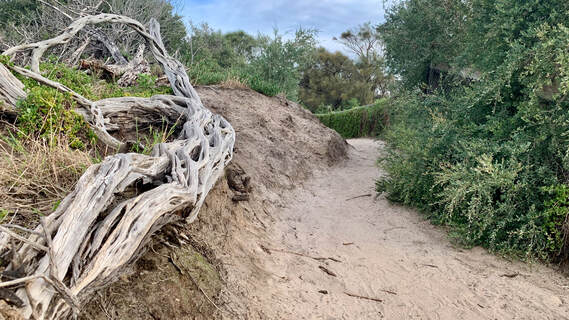
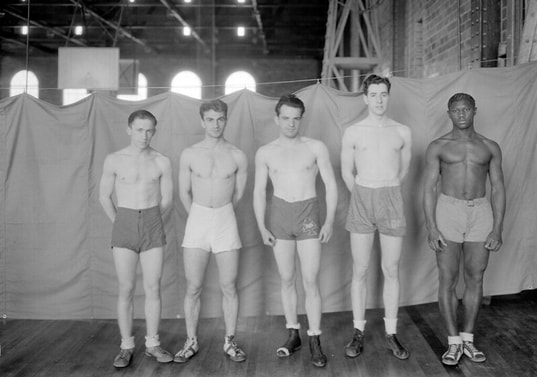

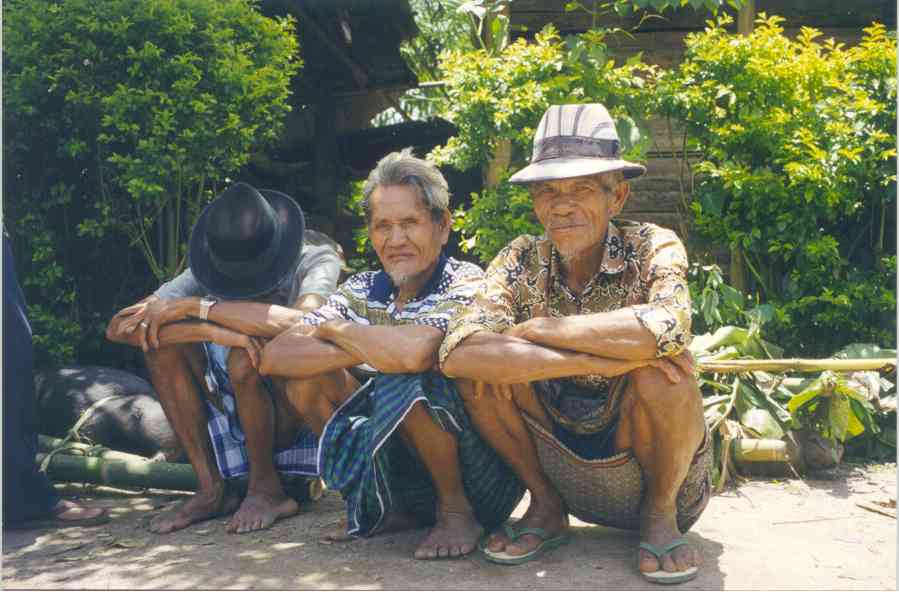
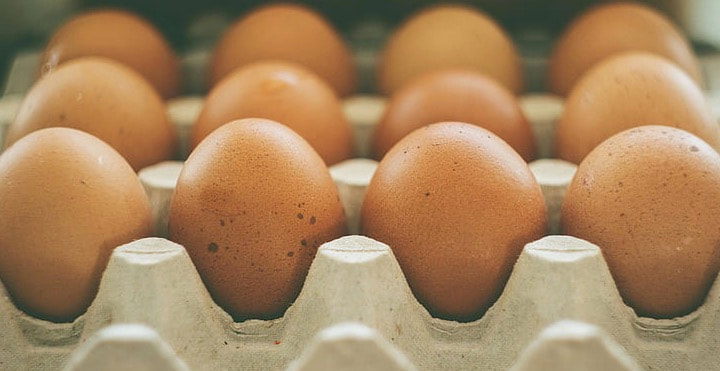

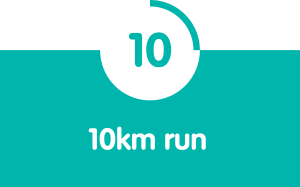
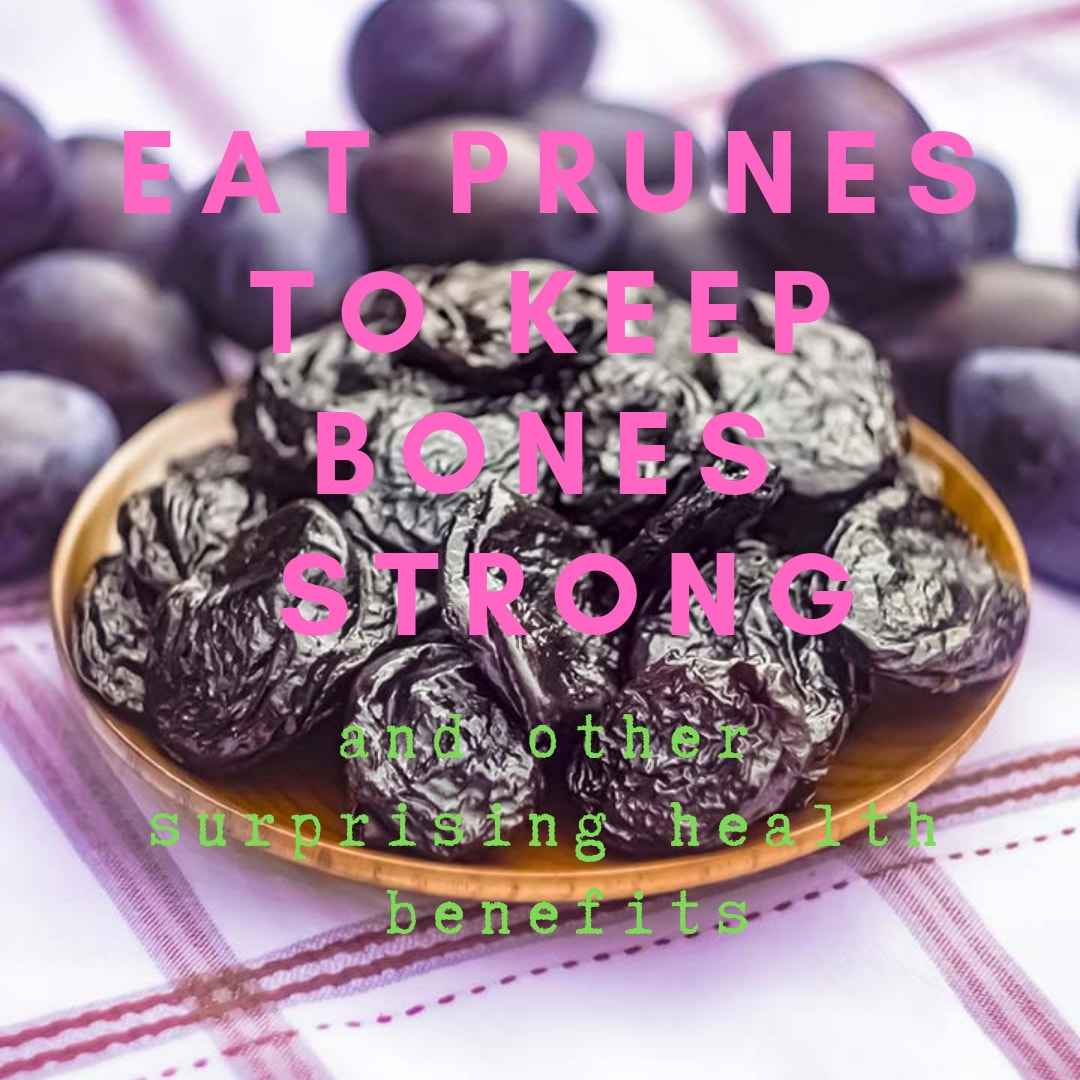
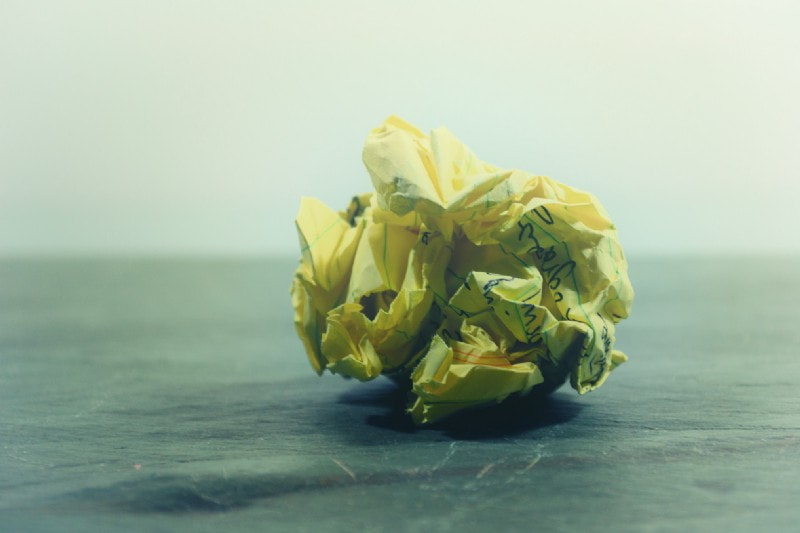
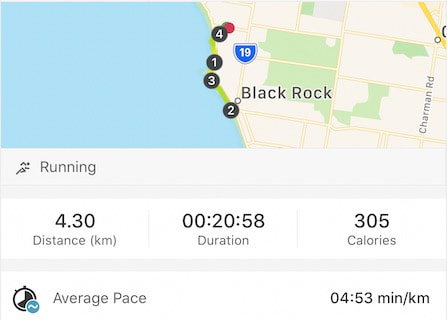
 RSS Feed
RSS Feed



